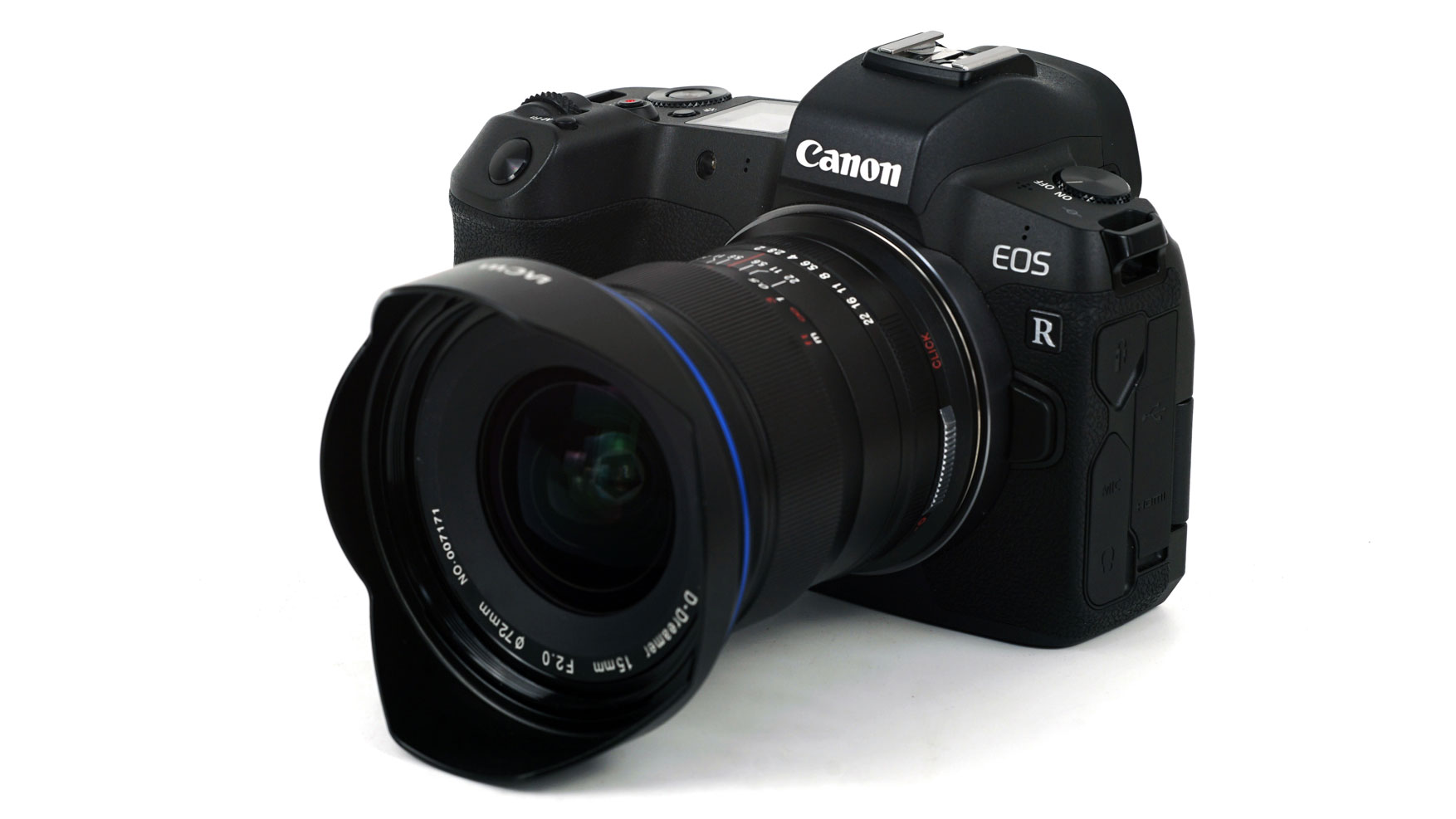Laowa launches ultra-wide lenses for Nikon Z and Canon RF cameras
Stand by for the world’s widest f/2.0 lens and the world’s widest full frame zoom

It’s a big day for full frame mirrorless camera fans, as independent lens maker Laowa launches the world’s widest rectilinear (non-fisheye) f/2.0 lens for Canon RF and Nikon Z cameras and, as if that’s not enough, announces the world’s widest zoom lens in the Nikon Z mount.
This comes hot on the heels of two big announcements from Sigma, which has released three new L-mount lenses and, in even bigger news, the brand new Sigma fp full-frame mirrorless camera.
It’s the turn of the Nikon Z and Canon RF formats to grab some headlines too, however. Both these camera models can use a wide range of existing DSLR lenses without restriction via an adaptor and both are amongst the best mirrorless cameras you can buy right now – but the range of native lenses available for each is relatively small, as the Canon RF lens roadmap, for example, is still looking a tiny bit thin and the Nikon Z roadmap could do with a little filling out too.
These two new Laowa lenses don’t just boost the number of lenses available for these Canon and Nikon cameras, they offer a pretty substantial cost saving over the makers’ own lenses too.
Laowa 15mm f/2 Zero-D

This wide aperture prime lens is not the widest lens you can get for the Nikon Z system, as Nikon’s own NIKKOR Z 14-30mm f/4 S is wider still, and Laowa’s own Laowa 10-18mm f/4.5-5.6 Zoom (below) is wider still. It is significant for EOS RF camera owners, though, who don’t yet have any lens like this in the native Canon RF lens range.
It’s one of Laowa’s ‘Zero-D’ lenses, which means it’s designed to produce little or no distortion, which is quite an achievement in an ultra-wideangle lens, where you normally expect to see considerable barrel distortion.
The headline spec is not just the 15mm focal length, but the f/2.0 maximum aperture. The Laowa lens is not only fast, it also has a very short minimum focus distance of just 6 inches, allowing surreal wideangle close-ups against tiny, distant backgrounds.
The best camera deals, reviews, product advice, and unmissable photography news, direct to your inbox!
Laowa has already made a version of this lens in the Sony FE mount but, unlike the Sony lens, the Nikon Z and Canon RF versions will have a diaphragm made of just five straight-edged blades. This flies in the face of the current trend for more blades with curved edges for ‘rounded’ bokeh, but Laowa says this will deliver a clean and sharp 10-point ‘sunstar’ effect.
What you don’t get with this lens, however, is autofocus. The Laowa 15mm f/2 Zero-D offers manual focus only – though this is less of a disadvantage than it migh appear, since ultra-wide-angle photography often relies more on manual focus and depth of field control than single sharp planes of focus.
Laowa 10-18mm f/4.5-5.6

No, that’s not a mistake. This is a full frame lens, despite having a focal range you’d normally associate with an ultra-wide lens for an APS-C camera. This makes the Laowa 10-18mm f/4.5-5.6 even more impressive.
The bad news for Canon owners is that this lens with NOT be available in the Canon RF mount. It will be available in the Nikon Z mount, however, and easily beats Nikon’s own NIKKOR Z 14-30mm f/4 S for both angle of view and price. In fact, as Laowa points out, this is the widest zoom currently available for a full frame camera.
It’s not quite new, however, having already been released in the Sony FE mount for Sony full-frame cameras. Like the Laowa 15mm f/2 Zero-D (above), it’s manual focus only, but this is not such a serious disadvantage with ultra-wide lenses, and it does mean the Laowa is remarkably compact and just 9cm long and weighing lenss than 500g.
Laowa says both lenses are available to order now, and both will cost $849 (prices may vary according to territory).
Read more:
• We think these are the best mirrorless cameras you can buy right now
• Here is the Canon RF lens roadmap
• What lenses can you get for the Nikon Z 6 and Z 7? Here is the Nikon Z lens roadmap

Rod is an independent photography journalist and editor, and a long-standing Digital Camera World contributor, having previously worked as DCW's Group Reviews editor. Before that he has been technique editor on N-Photo, Head of Testing for the photography division and Camera Channel editor on TechRadar, as well as contributing to many other publications. He has been writing about photography technique, photo editing and digital cameras since they first appeared, and before that began his career writing about film photography. He has used and reviewed practically every interchangeable lens camera launched in the past 20 years, from entry-level DSLRs to medium format cameras, together with lenses, tripods, gimbals, light meters, camera bags and more. Rod has his own camera gear blog at fotovolo.com but also writes about photo-editing applications and techniques at lifeafterphotoshop.com
